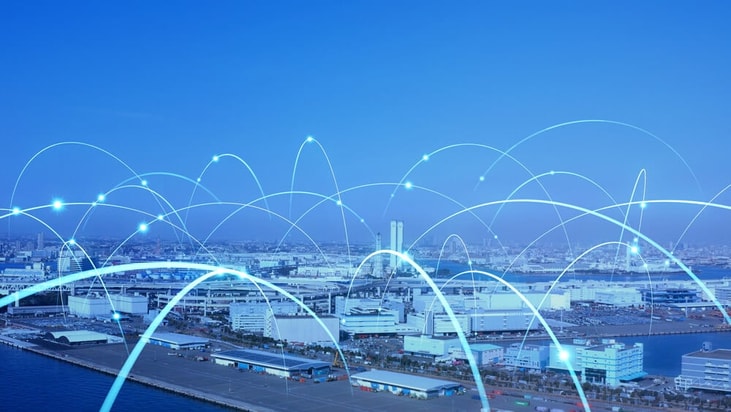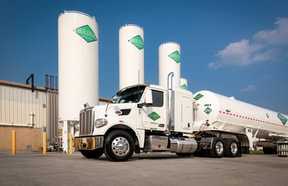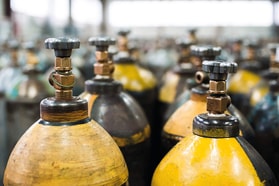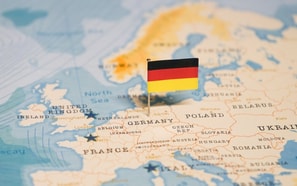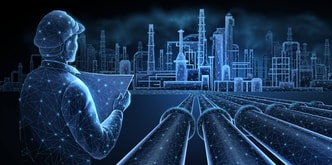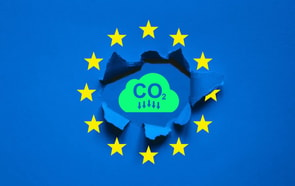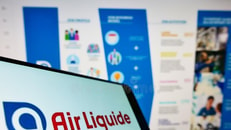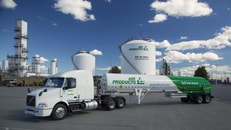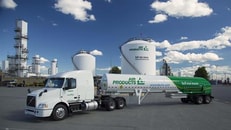Air Products highlights secrets to its supply chain success
Since its inception over 70 years ago, industrial gas major Air Products has cultivated a truly global supply chain encompassing businesses in over 40 countries outside the US. Spanning across four main segments: merchant gases, tonnage gases, electronics and performance materials, and equipment and energy, the company is involved in a range of supply modes including bulk, microbulk and pipeline supply.
But what are the secrets behind the company’s supply chain success? Maropeng Bahula, General Manager of Bulk Gases and Supply, believes that Air Products’ core focus on prioritising individual strategic focus areas within the supply chain has a major role to play.
At the heart of these focus areas is logistics, both inbound and outbound. “The inbound logistics includes the strategic sourcing of equipment, consumables, spares and services and includes warehousing of critical spares,” he explains.
... to continue reading you must be subscribed

